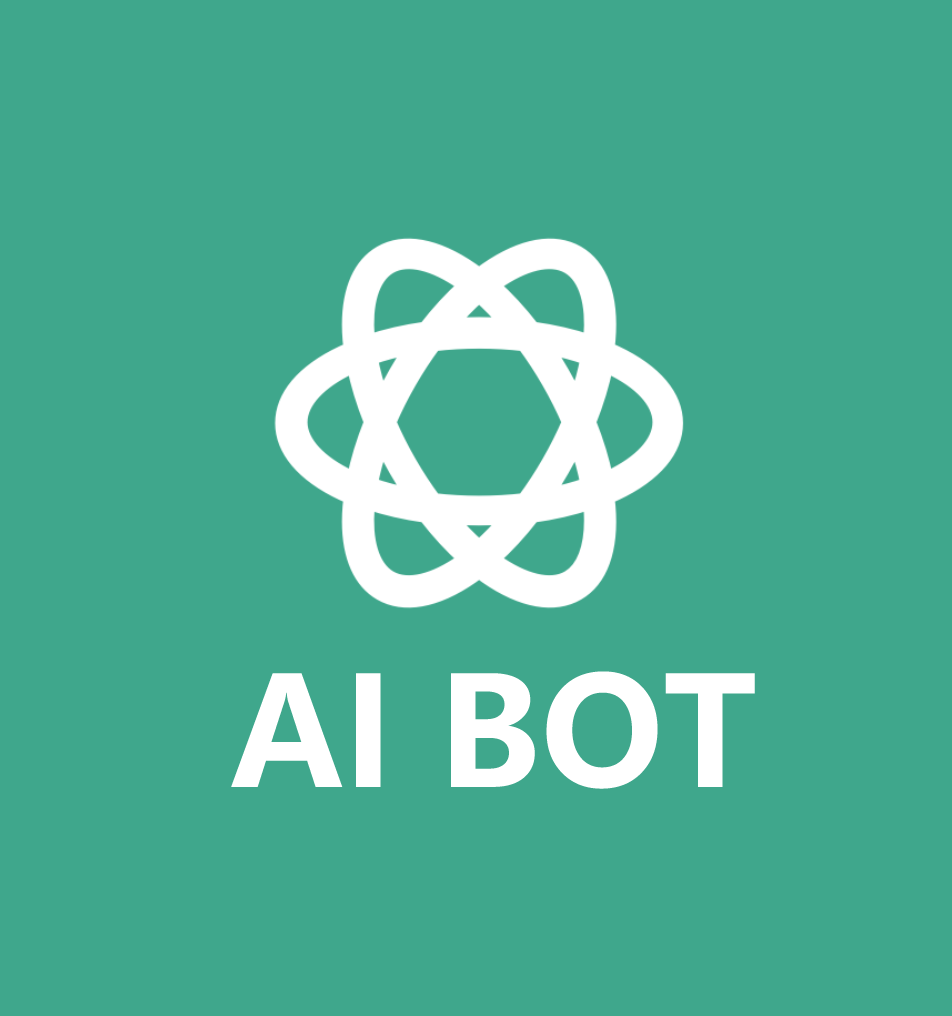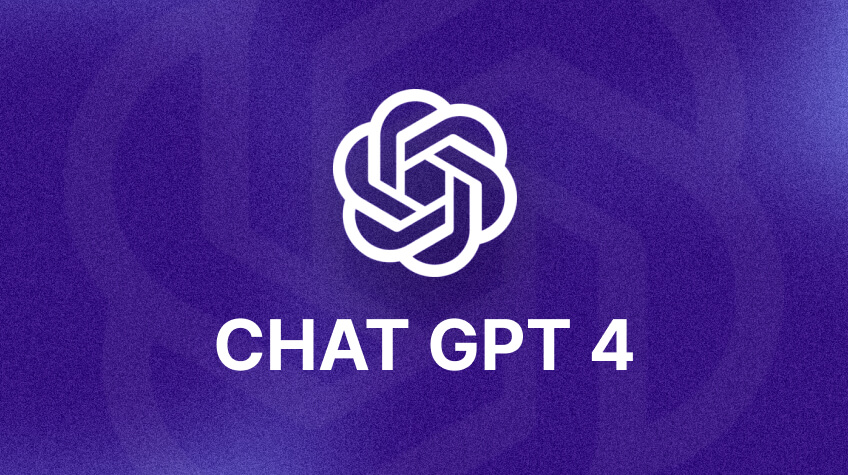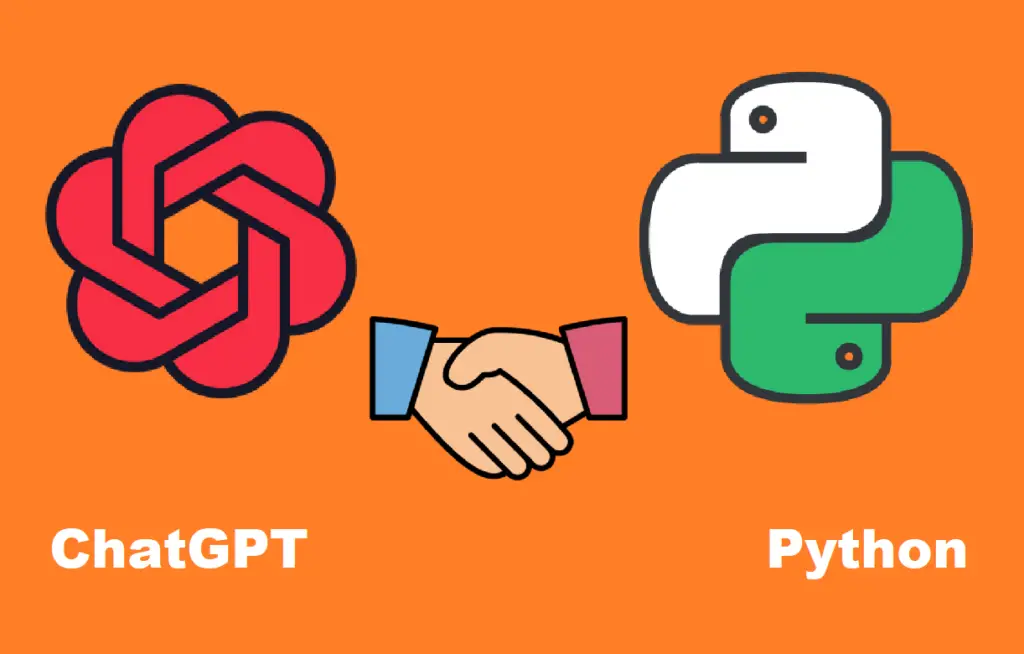
Title: Correcting Errors in a Python Program: A Detailed Analysis
Introduction:
Python is a popular programming language known for its simplicity and versatility. However, it is not uncommon for beginners and even experienced programmers to make errors while writing code. This article aims to guide you through the process of identifying and correcting errors in a Python program, while also providing further insights into related knowledge and key points to keep in mind.
Identifying Errors:
1. Syntax Errors:
Syntax errors are one of the most common types of errors in programming. They occur when the program violates the syntax rules of the programming language. These errors are usually detected by the compiler or interpreter and are easy to identify. A syntax error may include missing parentheses, inverted quotes, or incorrect indentation.
2. Runtime Errors:
Runtime errors occur when the program executes and encounters an error that was not detected during the compilation phase. They can be caused by many factors, such as dividing a number by zero, accessing an invalid index of a list, or calling an undefined function. Identifying runtime errors requires careful debugging and analyzing the program flow.
Debugging Techniques:
1. Print Statements:
Inserting print statements at different parts of the program can help trace the flow and identify potential problem areas. By printing variable values or intermediate results, you can narrow down the location of the error.
2. Debugging Tools:
Apart from print statements, Python provides various debugging tools, such as pdb (Python Debugger) and IDEs (Integrated Development Environments) with built-in debuggers. These tools allow you to step through the code and inspect variables in real-time, making the debugging process more efficient.
Correcting Errors:
1. Analyze Error Messages:
When an error is encountered, Python displays an error message that provides valuable information about the error type and location. Understanding the error message can greatly help in identifying the cause of the error and implementing the appropriate fix.
2. Test Small Code Portions:
Instead of attempting to debug the entire program at once, break it down into smaller portions and test each portion individually. This approach makes error identification and correction more manageable.
3. Consult Documentation and Online Resources:
Python has a vast community and extensive documentation, making it easier to find solutions for common programming errors. Forums, online communities, and Q&A platforms like Stack Overflow can also provide valuable insights and assistance from experienced programmers.
Conclusion:
Correcting errors in a Python program involves careful analysis and debugging techniques. Identifying syntax and runtime errors requires a solid understanding of the programming language and its principles. Utilizing tools like print statements and debugging environments can greatly expedite the error detection and correction process. Additionally, analyzing error messages, testing small portions of code, and seeking help from the Python community are effective ways to fix errors and enhance programming skills. Remember, practice and perseverance are essential for improving your error correction abilities and becoming a proficient Python programmer.
Further Insights and Key Points:
1. Efficient debugging requires breaking down the problem into smaller components and testing each component individually.
2. Understanding error messages can significantly help in identifying and resolving errors.
3. Take advantage of online resources and Python documentation to find solutions for common programming errors.
4. Utilize debugging tools like pdb and IDEs for real-time debugging.
5. Collaborating with the Python community can enhance learning and problem-solving abilities.
壹涵网络我们是一家专注于网站建设、企业营销、网站关键词排名、AI内容生成、新媒体营销和短视频营销等业务的公司。我们拥有一支优秀的团队,专门致力于为客户提供优质的服务。
我们致力于为客户提供一站式的互联网营销服务,帮助客户在激烈的市场竞争中获得更大的优势和发展机会!




发表评论 取消回复